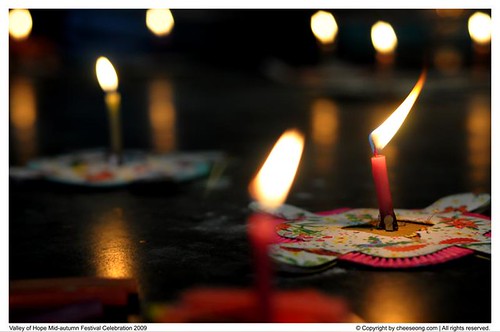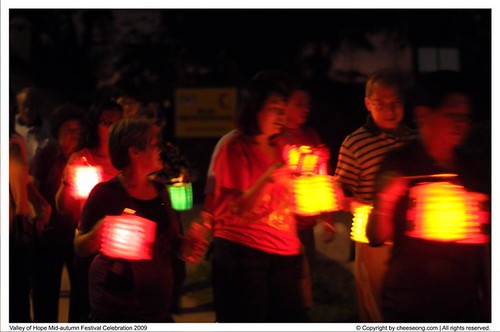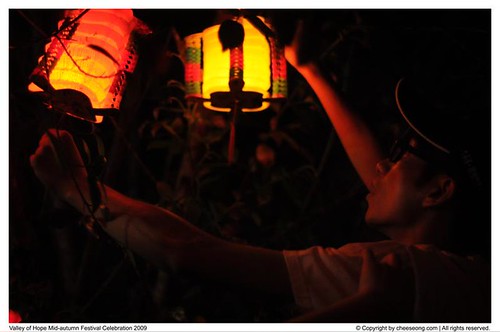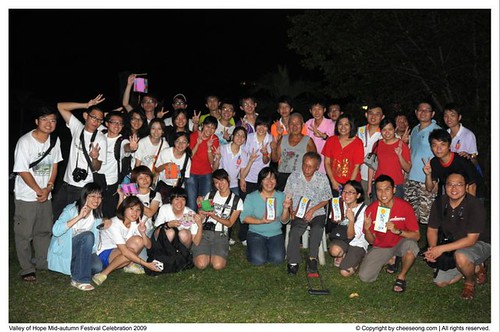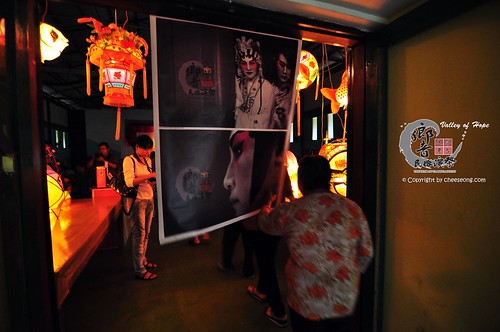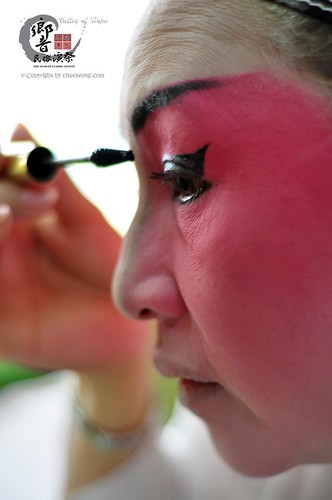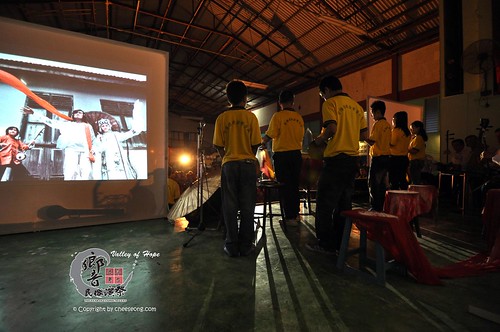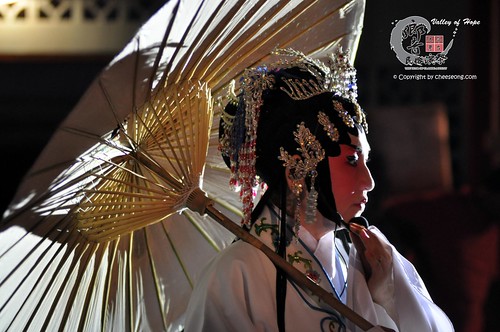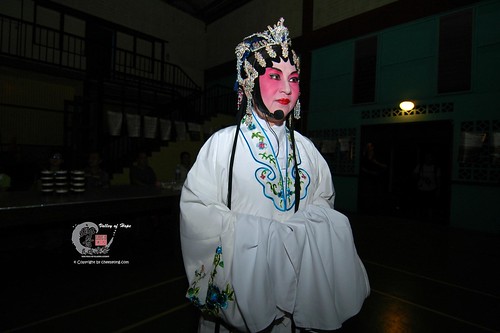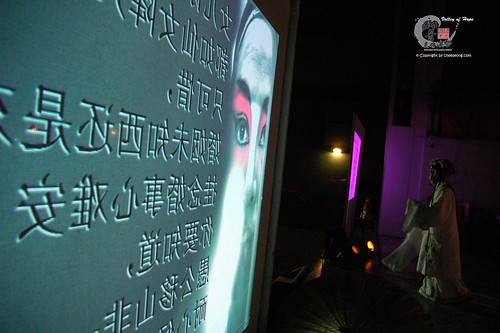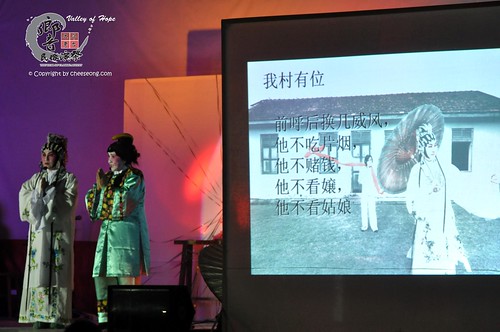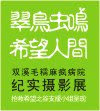31 October 2009
Straits Times
Review - Others
Living with stigma of leprosy
Cheong Suk-Wai, Senior Writer
899 words
(c) 2009 Singapore Press Holdings Limited
LOCATED on the eponymous isle that flanks Penang Bridge, the Jerejak Rainforest and Spa is an idyllic retreat hugged by thick Malaysian jungle.
The visitor is greeted by glossy darkwood floors, intricate wood carvings adorn its walls and the linen is spotless white-and-blue. But for those old enough to remember, from 1871 till World War II, this was a fearsome no-go area that served to isolate leprosy patients
It was, in fact, colonial Malaya's first such colony, to be followed much later in 1930 by the Sungai Buloh leprosarium set up in Selangor.
In Singapore, from where the British governed the rest of Malaya, there were holding areas for leprosy sufferers only in Kandang Kerbau Hospital and then McNair Road. Eventually, such patients were sent to Pulau Jerejak for good.
What a world away Jerejak's Balinese body scrubs, steam baths and jacuzzis seem from the frightful 4,000-year-old disease whose name comes from the Greek word lepis for scale.
Since 1873, leprosy has also come to be known as Hansen's Disease, after Norwegian scientist G.H. Armauer Hansen, who first discovered that it was caused by the bacterium Mycobacterium leprae.
Up till the early 20th century, leprosy was thought to be incurable, but a cocktail of drugs proved to be effective in stamping out this badly disfiguring and nerve- deadening disease that often results in the loss of sight and limbs.
Unfortunately, it was often confused with syphilis and thus erroneously thought to be highly contagious when, actually, scientists have since found that 95 per cent of people are immune to leprosy.
All this makes the disease's tortuous and sometimes callous course in Malaya all the more tragic.
It was only in 1949, after three British nuns from the Catholic order of the Franciscan Missionaries of the Divine Motherhood settled down here and agreed to nurse leprosy and tuberculosis (TB) patients, that the British authorities were willing to set up a leprosarium proper, the Trafalgar Home in Woodbridge.
Such things are all but forgotten these days, but local historian Loh Kah Seng has just launched his book, Making And Unmaking The Asylum: Leprosy And Modernity In Singapore And Malaysia.
The book tracks how the British authorities were bent on compulsory segregation of all sufferers, which in effect rendered anyone stricken by leprosy effectively a walking corpse.
It was from late 2004 that Dr Loh had been researching the history of leprosy in Malaya for the International Leprosy Association's Global Project. His core finding is that, in banning leprosy sufferers from mingling with the rest of society as a means of minimising the risk of contagion, Singapore's early governments prioritised the control of society for economic progress and modernisation above the needs of individuals.
Dr Loh, who has also studied the effects of the Great Depression in 1930s Malaya, points out that even so, the British were selective in how they regarded leprosy sufferers in their colonies. For example, he argues, because Singapore was important to them economically, they made it illegal not to confine institutionally anyone with leprosy. In India, under its 1898 Lepers Act, by contrast, only paupers had to be segregated.
While the colonial government pursued compulsory segregation on the grounds that leprosy was highly infectious, Dr Loh points out that they backslid badly when they were short on funds. In 1937, when the Great Depression squeezed budgets and housing people became a great cost, the British government in Malaya admitted that leprosy was only 'very slightly infectious' and that compulsory segregation was 'unnecessary and costly'.
His book abounds with examples of the British taking a sledgehammer to flies in dealing with the hundreds of leprosy sufferers, especially considering that TB was vastly more contagious but patients were allowed to roam freely.
Dr Loh records former leprosy sufferer Kuang Wee Kee as saying that, of the most-feared diseases in mid-20th century Singapore, 'leprosy, TB and mental illness were the three brothers. Mental illness was...the little brother. Second brother was TB. Leprosy was the big brother. These were the three big clans'.
Once segregated, however, the leprosy sufferers were well fed and encouraged to be active in the open air as much as possible. They even grew vegetables and tended livestock, albeit within the confines of their delineated compounds.
Many gave up the struggle against the hopelessness to which society had consigned them. Many thus became incorrigible gamblers, instigating fights and killing themselves.
Yet many other leprosy sufferers 'unmade the asylum', as Dr Loh puts it, by founding musical troupes, writing and performing plays, and publishing inmates' stories in magazines for sale.
Unfortunately, the push of progress continues to belittle their efforts to live with self-respect. In September 2005, residents of the Singapore Leprosy Relief Association had to move from their leafy premises with generous spaces to a flatted factory-like building. There, even for married couples, privacy is no priority. Finding their own digs is often a pipe dream given the stigma that still sticks to the disease.
Noting how contagious diseases are rearing their ugly heads these days, Dr Loh muses: 'We have a social duty to be mindful of how ordinary people are treated, and mistreated, in the campaign against disease and infection.'

